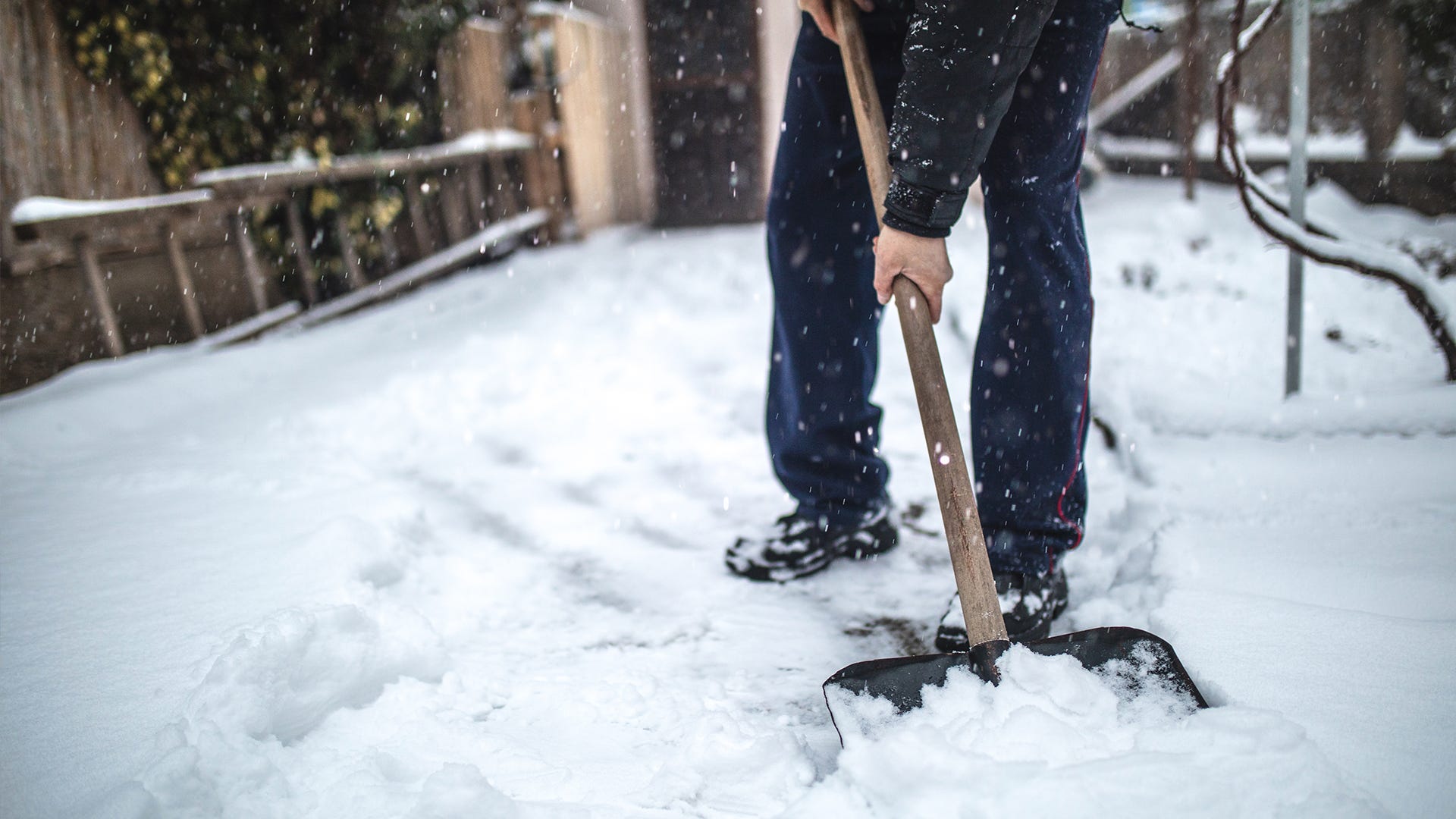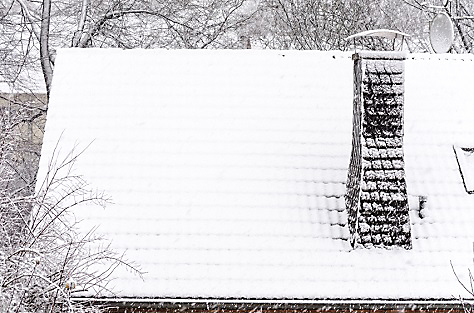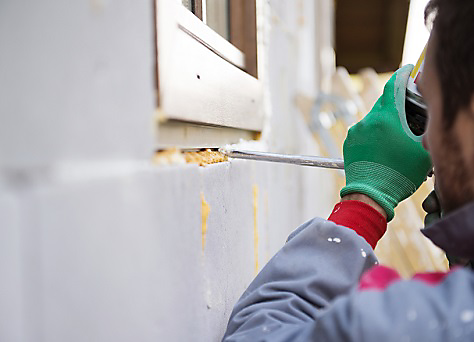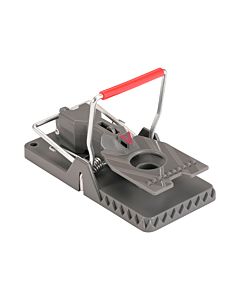
Winter storms can bring frigid winds, heavy downpours, sleet, ice and mounds of snow. If your home isn’t prepared for these conditions, you could be in real trouble.
Likewise, winter storms can have a crippling effect on businesses, neighborhoods and public transportation. Day-to-day commutes, events and activities can be upended when streets and sidewalks are covered with snow, sleet or ice.
Most importantly, the National Weather Service says winter storms are “deceptive killers.” Most deaths during storms aren’t caused by the direct impact of winter weather, but by vehicle accidents and the poor choices that people make to cope with the cold – with the accidental home fires and the erroneous use of portable generators being prime examples.
Despite these troublesome conditions, you can ready yourself and your home for these extreme conditions. Doing so will help you “ride out the storm” in safety and comfort.
Be Ready for a Power Outage
If a winter storm is looming, prepare for the possibility of power lines getting knocked out for several days. Your preparations should begin early – at the beginning of the season if possible. In the days before an impending storm, you can double-check your earlier efforts.

To prepare for a winter storm electrical blackout, you should:
- Fill your cabinet with canned goods that don’t require heating — Room-temperature meals are a fact of life when there’s no electricity to power your microwave, stove or oven.
- Install fresh batteries in your flashlights — Be sure that an easy-to-access flashlight is available for each member of your family.
- Install fresh batteries in your radio — This could be your only source of news reports for several days.
- Keep spare batteries on hand for each essential device — Take stock of all battery-optional devices and ready them for use.
- Keep a portable ice cooler in your garage — You can store frozen foods in a cooler in your garage that would otherwise spoil in a powerless freezer.
- Plug all of your electronic components into surge protectors if they aren’t already — When power abruptly blacks out, the impact can be damaging to computers, stereos and television sets that are plugged directly into wall outlets.
- Back up all of your vital computer data — Make sure your digital files and works-in-progress are safely stored in a cloud drive.
- Learn how to use your garage doors without the opener — If your garage door opens and shuts via remote control, learn how to activate it manually.
- Fuel up your car tank at least halfway on the eve of a storm — Most modern gas stations pump gas electronically and won’t work during power outages. (Note: Don’t store supplies of spare gas in your garage. Spare gas tanks can combust and set fire to your property.)
- Stock up on survival candles and matches — You want to have at least three candles each for the kitchen, dining room and living room, as well as two candles for each bedroom and bathroom.
- If you have a fireplace, keep several day’s worth of firewood on hand — It may be freezing outside, but a fireplace can provide heat for an entire home.
- Keep plenty forms of non-electronic, household entertainment in the house — Stock up on games, books, pencils and paper. Some family members may enjoy reading, and others are more into drawing, playing card games or flipping through magazines.
- Have plenty of warm clothes and blankets around the house — Regardless of whether a power outage looms, it’s wise to have wool blankets, comforters, sweaters and thick socks for staying warm during winter months. After all, the more you can trap your own organic heat, the more money you’ll save on your heating bills.
- Know how to properly use a generator — Portable generators can provide you with all the electricity you’re missing, but only run them in short bursts to conserve fuel. Also make sure to follow all the safety instructions because they can be deadly — carbon monoxide can build up in your home if the generator isn’t positioned properly. Do not use any closer than 20 feet from a house or building.
Brace Yourself for Cabin Fever
Whether or not a winter storm knocks your power out, you could be faced with conditions so strong that going out anywhere would be risky and impractical. Therefore, when the weather calls for dangerous winter storms, it’s crucial to stock up for the possibility of being snowed in for several days.

When a winter storm is in the forecast, you should:
- Stock your cabinets and fridge — Stock up on food, beverages, baby formula and pet food for however long conditions might prevent you from going to the nearest grocer. It’s best to go as early as possible. The closer the storm gets, the emptier the shelves become. Be aware that the power may fail, so don’t buy too much that requires refrigeration or heating.
- Check your medication levels — Ensure you have at least a several-week’s supply of each medication that you or other household members take on a regular basis.
- Stock up on sanitation supplies — In case water resources end up running low, make sure you have hand wipes, sanitizer, diapers and plastic bags on hand.
- Make arrangements with work or school — Inform your colleagues at work or school that you won’t be able to come in for however long conditions last.
- Reach out to loved ones — If loved ones will be snowed in elsewhere, touch base with them before and during the storm, either by phone or text. Landline and cell phone systems sometimes get overwhelmed in storm situations, so it’s wise to have accounts set up on social media platforms — such as Facebook and Twitter — as a backup for staying in contact.
Preparing Home for Winter: Winter-Proofing 101
To prepare for snowstorm situations, it is important to think about more than just keeping warm and being well-stocked for a few days indoors — you also have to prepare your house in the physical sense. After all, a house can be vulnerable to the elements if maintenance hasn’t been performed to address possible defects to the windows, doors, chimney, vents and roof.

Whether your house was built last year or decades ago, proper prepping before a storm can ensure it keeps you and your family safe. Follow these pre-storm measures to get your home ready for winter:
- Reinforce your home by caulking off gaps — Inspect your windows, air vents and doorways for gaps you can close with caulk.
- Place plastic over the insides of your windows to insulate heat — Better yet, consider replacing old windows throughout your house with new, energy-efficient windows. You could soon make back the difference in the form of lower heating bills.
- Learn how to control the water valves in your house — If something goes wrong with one of the pipes, shutting off the water will prevent costly damage.
- Have a contractor inspect your roof for any possible defects — A professional will check for split eaves and blocked roof drains, both of which can lead to larger issues that call for major repairs. You also want to verify that the roof will be able to support high volumes of snow.
- Have your chimney and furnace inspected each year for defects — If undetected, defects in these areas could compromise the heating capabilities of your house.
- Let faucets drip continuously when the weather is at its coldest — This can prevent exposed water pipes from freezing.
- Cut away tree branches that extend above your roof — Keep all tree branches at least three feet away from your house. Overhanging limbs and nearby trees can damage your home if they collapse after a heavy snow or ice storm.
- Practice fire-safety measures — Keep a fire extinguisher in each room in case any matches or candles get dropped on the floor. Train everyone in the house how to use an extinguisher.
- Have rock salt and shovels on hand — That way you can get rid of snow and ice along your doorsteps and driveway, preventing slip and falls.
- Hire a professional to install heat cables or ice belt panels along your roof — These will keep your house warmer as long as storms persist by preventing snow from piling up on your rooftop.
Dress to Stay Warm
While it is important to dress warmly indoors during the coldest times of year, it’s crucial if you need to head outdoors in frigid temperatures. If you must face the freezing wind, falling snow and slippery ice, make sure you have:
- Long, thermal underwear — Have either a one- or two-piece that covers you from the neckline to the ankles.
- Two sweaters — You want one that’s snug and has a turtleneck, and another with more give at the underarms that you can layer on top.
- Gloves or mittens — While gloves give you more freedom to use your hands, mittens actually make your hands warmer. Your choice will depend on what you need to do when you head outside. If you’re driving, for instance, wear gloves.
- Thick pants — The first thing to understand is that denim doesn’t provide good insulation, so skip wearing regular jeans in really cold weather. Instead, invest in a several pairs of insulated jeans or wool pants.
- Snow pants — If you’ll be in direct contact with the snow, make sure you have snow pants that will keep you warm and dry.
- Footwear – Have a pair of insulated, heavy-soled boots available for traveling in deep snow.
- A long overcoat — Look for a double-breasted one that buttons or zips up to the neck.
- Several layers of long socks — You want one or two layers pulled up under your pants, with the pant cuffs tucked under one or two layers of outer socks.
- Scarves and stocking caps — Look for scarves and caps made of wool.
- Face masks and goggles — These are optional, but they can come in handy in extreme-weather conditions if you have to be outside.
Seal Your House off From Rodents
When it’s cold outside, houses are a tempting refuge for uninvited guests. Rats and mice are drawn to homes as they seek out food and shelter. It’s relatively easy for tiny rodents to slip inside a locked property and go about their business without being immediately detected.

To prevent your home from becoming the neighborhood rat’s den, take the following steps early in the season:
- Never leave garbage accessible to rummaging rodents — Place all trash in sturdy garbage bags and seal them away in tightly lidded trash cans for routine pickup.
- Use caulk to seal off gaps around air vents, chimneys, windows and under roof shingles — The same steps for preventing cold air from leaking inside can also stop rats from entering your house. Seal even tiny holes — mice are capable of squeezing through coin-sized openings.
- Rake away foliage from your lawn and store any stick or log piles at least one foot off the ground — The less your property serves as a nesting ground in the weeks leading up to a winter storm, the less likely rodents will be around to squeeze their way inside once the cold chills hit.
- Use effective pest solutions — Set up baited Victor® Easy Set® Rat Traps around your fences if you’ve seen any signs of rat activity and Victor® Ultra PestChaser® devices in your crawlspace and attic. The PestChaser® emits jackhammer-like frequencies that send rats and mice fleeing as far away as possible, but are undetectable by humans.
Prepare for Snow Storms With Victor® Solutions
If rats or mice invade your house each winter, Victor® would like to know how you’ve gone about conquering the problem. Post a message detailing your methods in the comments below or on the Victor® Facebook page.
If you would like to learn more ways to deal with rodent infestations, contact us through our website or by calling our customer service center at 1-855-5-VICTOR.
For deals on Victor® solutions, as well as more articles on how to deal with rodent problems, subscribe to our email newsletter.








